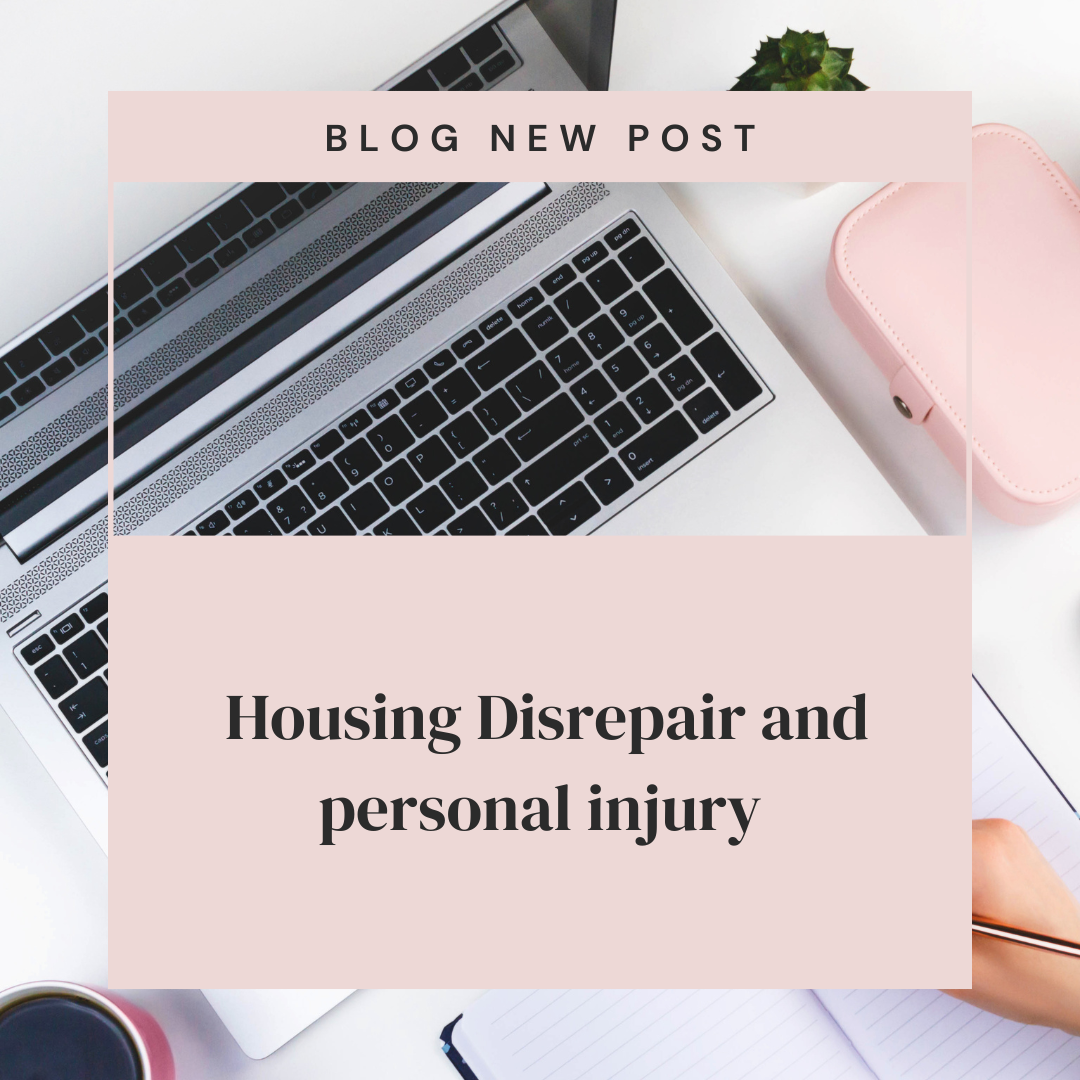Housing Disrepair and Personal Injury
Introduction:
Imagine waking up in a home you believe to be your safe haven, only to discover hidden hazards posing a significant risk to your well-being. Housing disrepair, often perceived as a mere inconvenience, can lead to serious personal injuries if left unaddressed. In this blog post, we will explore the often-overlooked connection between housing disrepair and personal injury, shedding light on the importance of maintaining a safe and habitable living environment.
Body:
The Dangers Hiding in Disrepair:
While housing disrepair may seem cosmetic at first glance, its impact on personal safety should not be underestimated. Issues such as faulty electrical wiring, leaky pipes, crumbling structures, and malfunctioning appliances can transform a seemingly harmless environment into a potential minefield for accidents. We must never overlook the potential consequences of living in disrepair, as it puts both physical and mental health at risk.
Slip, Trip, and Fall Hazards:
One of the most common types of personal injuries resulting from housing disrepair are slip, trip, and fall accidents. Uneven surfaces, poorly maintained staircases, loose handrails, and wet floors can all be catalysts for these incidents. From minor bruises to severe fractures, the consequences of such accidents can have a long-lasting impact on an individual’s quality of life.
Electrical Mishaps:
Deficiencies in the electrical systems of homes can create a host of dangers, including electrical shocks, fires, and electrocution. Aging and poorly maintained wiring, outdated or faulty circuit breakers, and exposed live wires demand immediate attention. These issues not only jeopardize personal safety but also pose a significant risk to individuals’ mental well-being due to heightened anxiety and fear.
Hidden Allergens and Toxins:
Housing disrepair can exacerbate existing health conditions or even trigger new ones. Mold growth resulting from water leaks can lead to respiratory problems, allergies, and asthma attacks. Similarly, exposure to lead-based paint in older homes can cause neurological disorders, particularly in children. Recognizing these invisible threats and addressing them promptly will ensure a healthier living environment.
Landlord’s Responsibility and Legal Recourse:
Tenants have the right to live in a safe and habitable property free from disrepair. Landlords bear the legal responsibility to promptly address maintenance issues and ensure the property meets health and safety standards. In case of personal injuries resulting from housing disrepair, seeking legal recourse may be necessary to obtain compensation for medical expenses, emotional distress, and potential loss of income.
Conclusion:
Living in a safe and well-maintained home should be a fundamental human right. Housing disrepair poses a significant threat to personal safety and well-being, potentially leading to debilitating injuries. By recognizing the dangers lurking in neglected homes, individuals can advocate for their rights and take necessary steps to ensure their living environment remains hazard-free. Together, we can raise awareness, demand accountability, and strive for healthier homes for all.
Important links
Housing Disrepair Advice: https://housingdisrepairadvice.org/contact
Housing Ombudsman: https://www.housing-ombudsman.org.uk/
